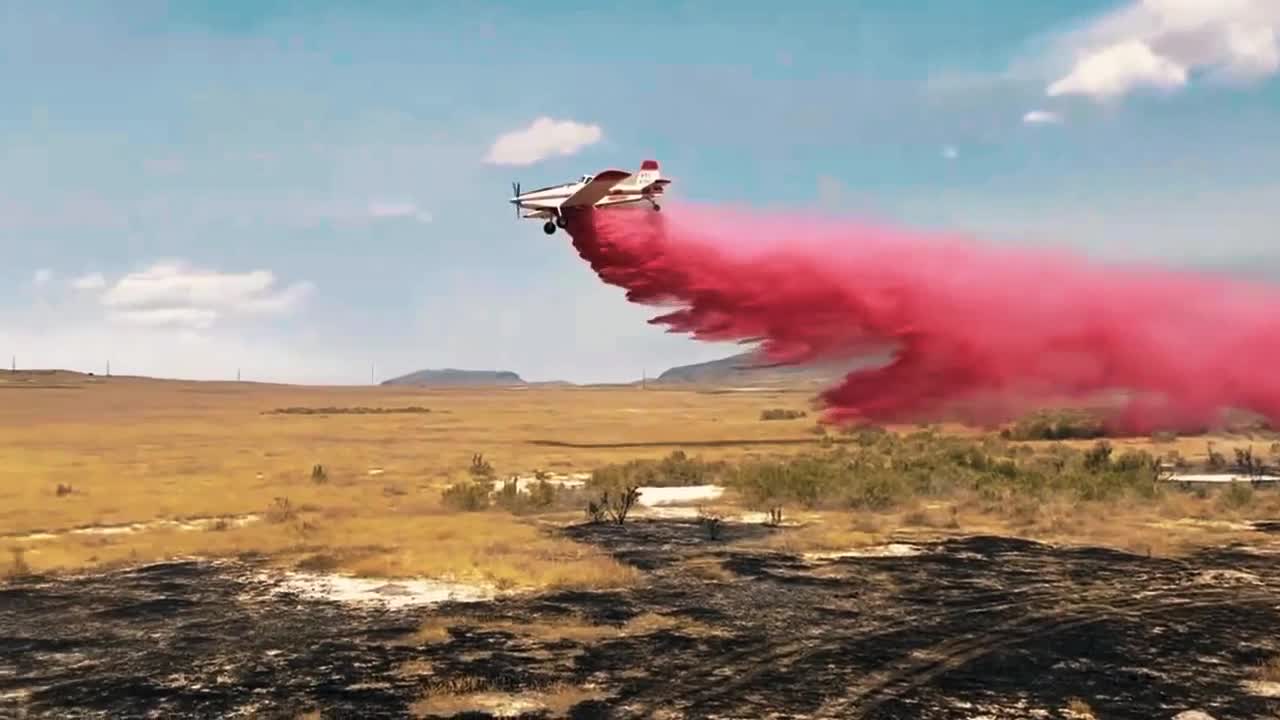ERDA, Utah — The Tooele Valley Airport is calm Tuesday morning as pilots practice maneuvers and hawks patrol the airspace. But at the north end of the runway, there’s another kind of bird of prey, sitting ready to hunt down wildfires.
Single-engine air tankers that started off as crop-dusting planes and were developed to become firefighting aircraft.
"They're hot rods, and they're capable of doing amazing things with the skill that our pilots have," explained Josh Archibald with the Utah Bureau of Land Management.
Archibald serves as the Unit Aviation Manager at the airport and showed us around the two hot rods that sit ready on the ramp.
'It's scary;' Weary residents watch as Monroe Canyon Fire bursts in size:
The retardant tank sits right in front of the cockpit and is released from what's called a gate in the middle of the plane.
So far this year, the workload for the planes has been steady with several assignments each week, which can last multiple shifts. The two planes were some of the first to respond to the Deer Creek and Monroe Canyon fires. So far in the west desert, they’ve been able to keep most of the fires at bay.
This is the first year the BLM Tooele Air Center has been open as it consolidates operations between seats, helicopters and ground crews under one roof.
"So far, it's just been a huge blessing," Archibald said. "The firefighters like it, the pilots like it. I think we've been proving our effectiveness so far this year."
The planes taxi out on the runway and fly out in a pair. Once at the fire location, they drop the 800 gallons of fire retardant around the fire to slow its spread. Once they return, they go back into the loading pits where crews pump retardant back inside.
"They're back on the runway and flying in 12 minutes," explained Archibald of the turnaround time.
It's that speed that helps stop fires, even in the worst of conditions.
"Our resources are national resources, and they can go to the areas that they're most needed," added Archibald.
It's all a rewarding experience for those who climb into the cockpits every single day
"It's a very interesting job. It's very complex, and it's not routine," said Archibald. "You never know what you're going to get."




